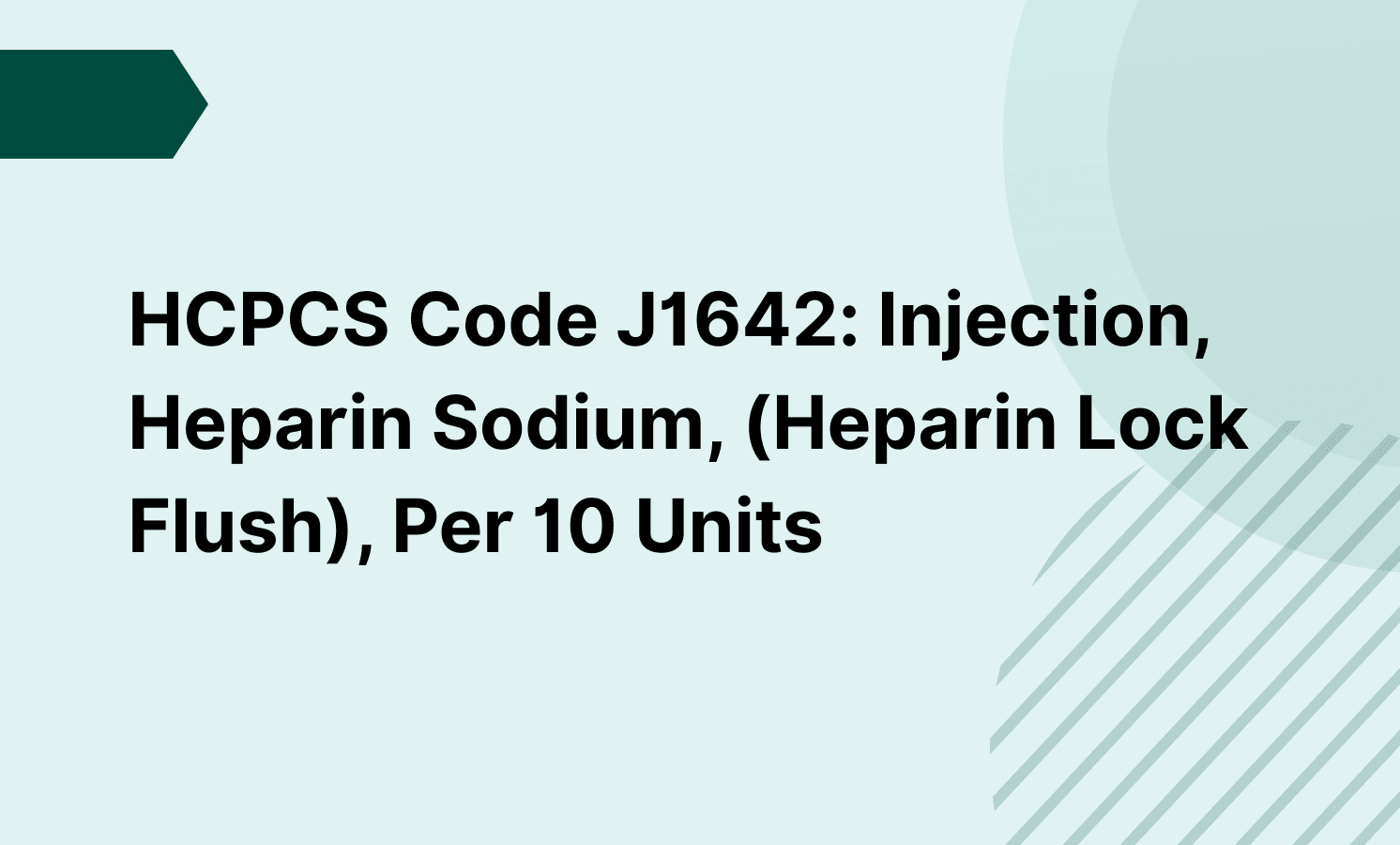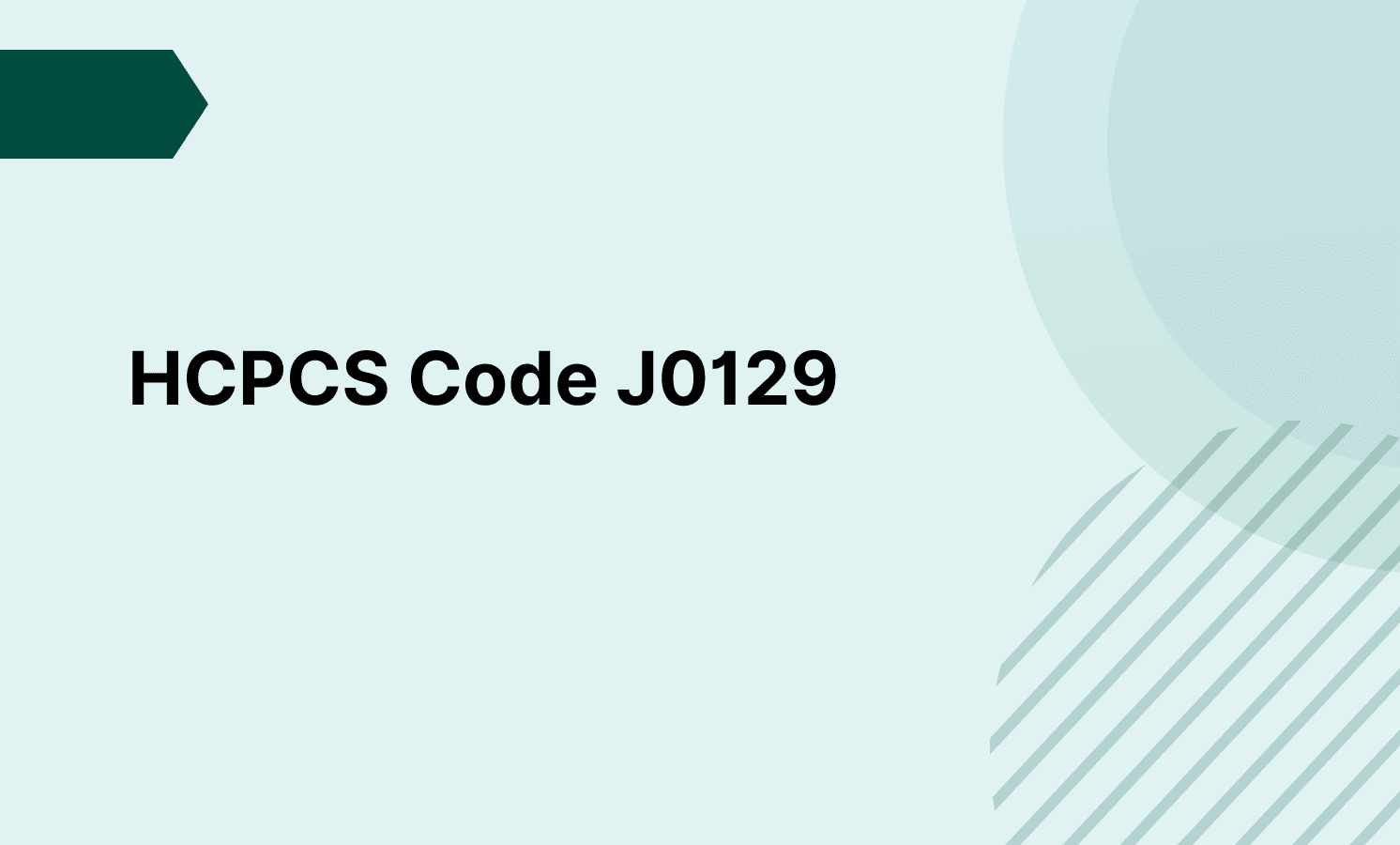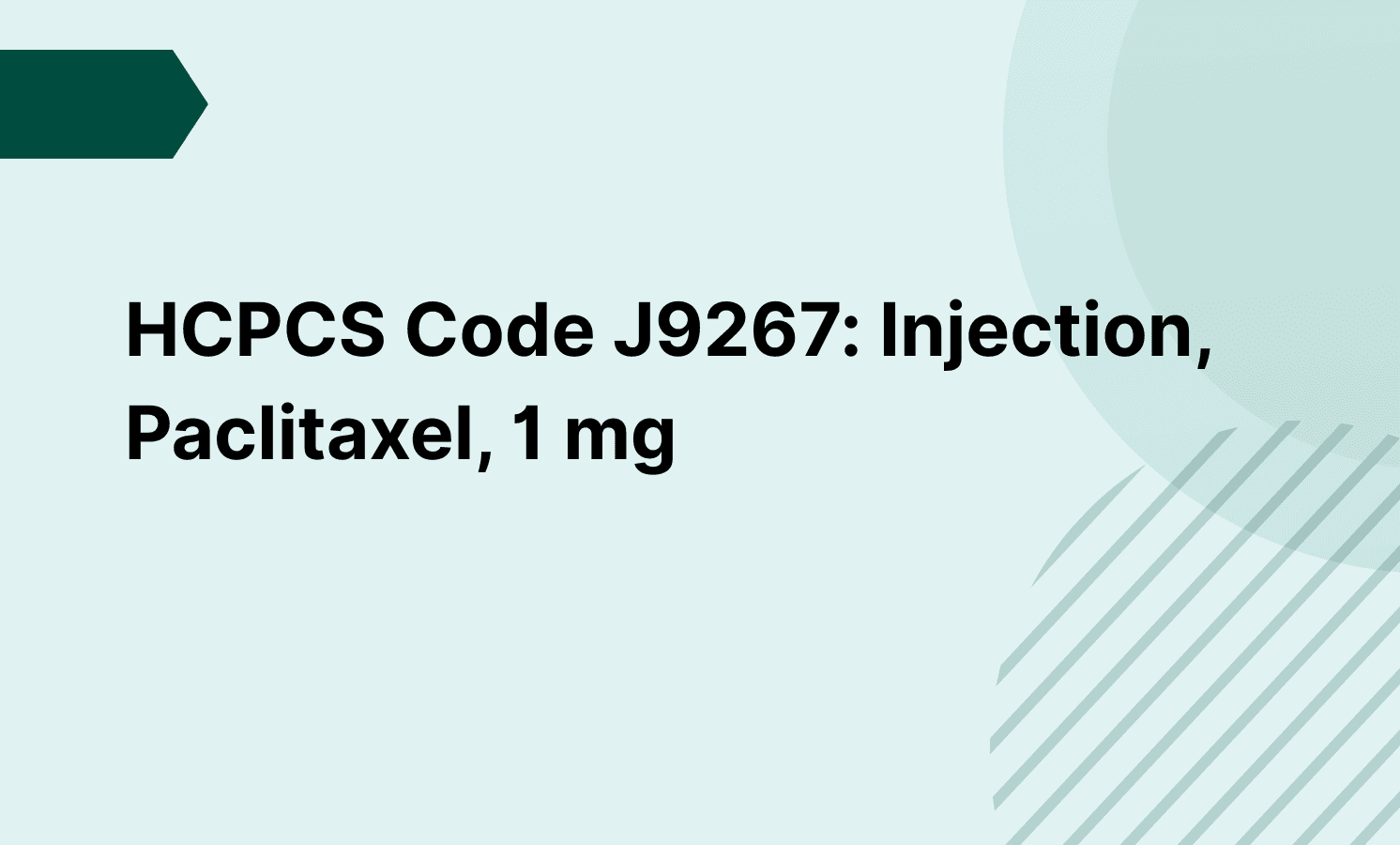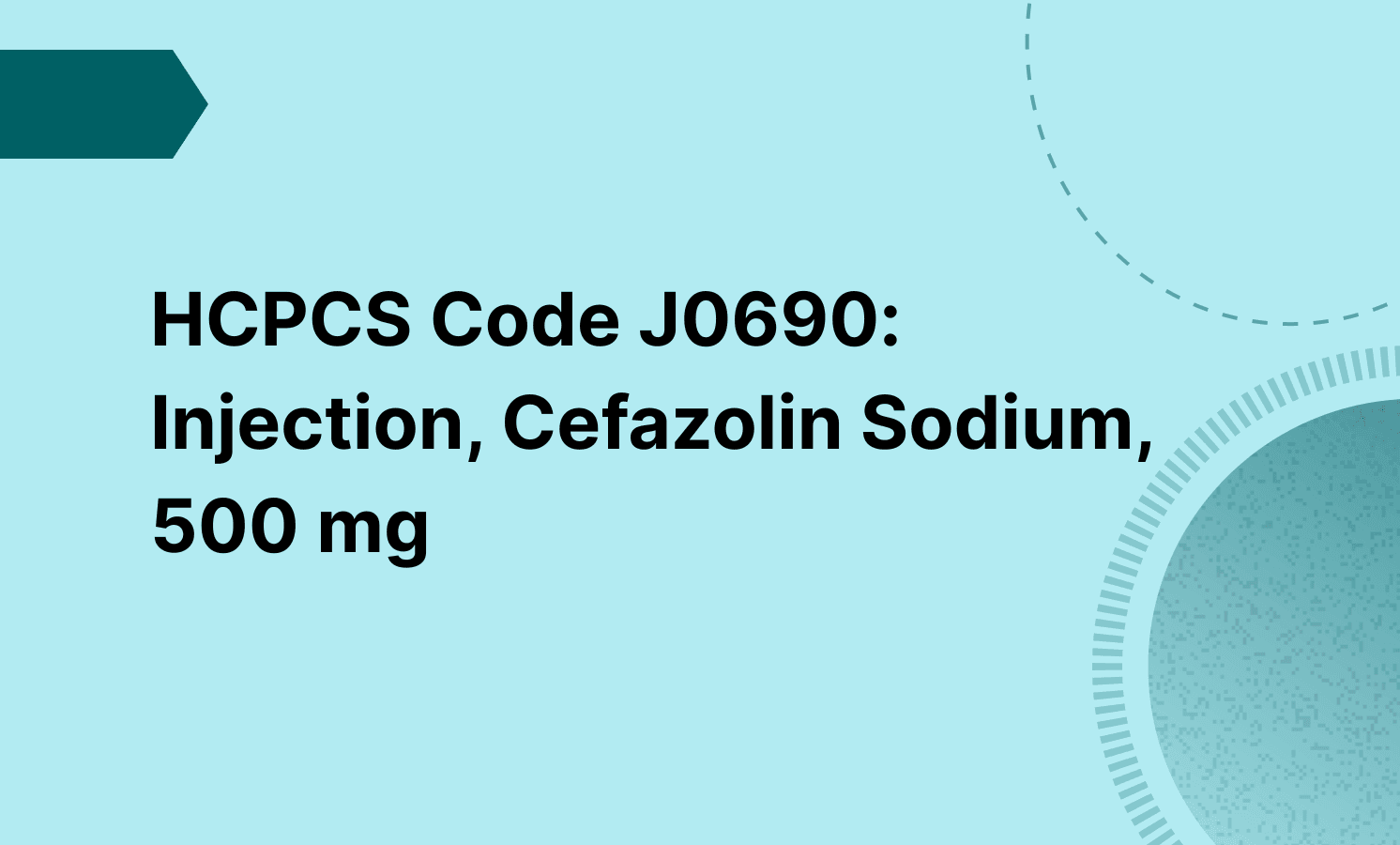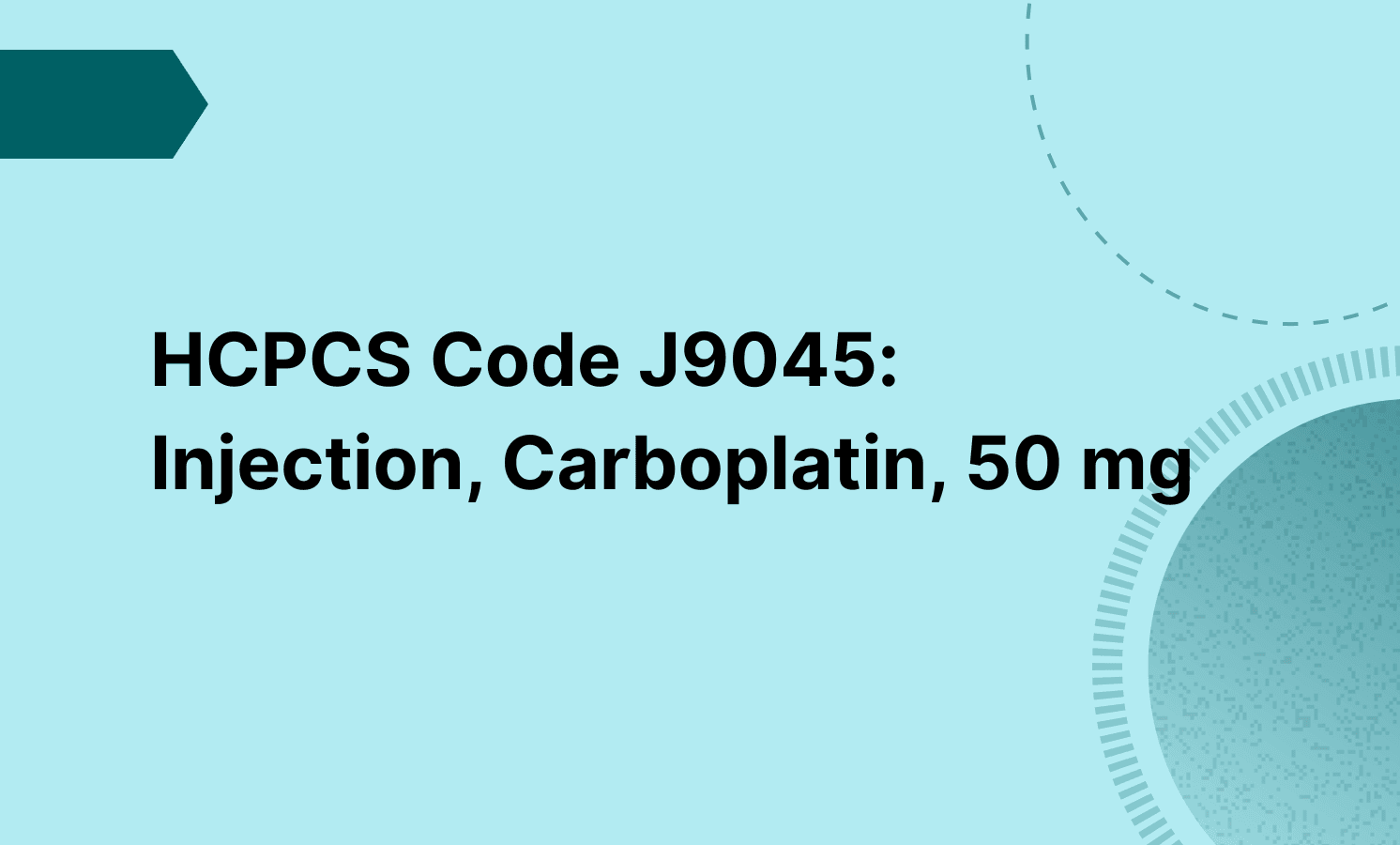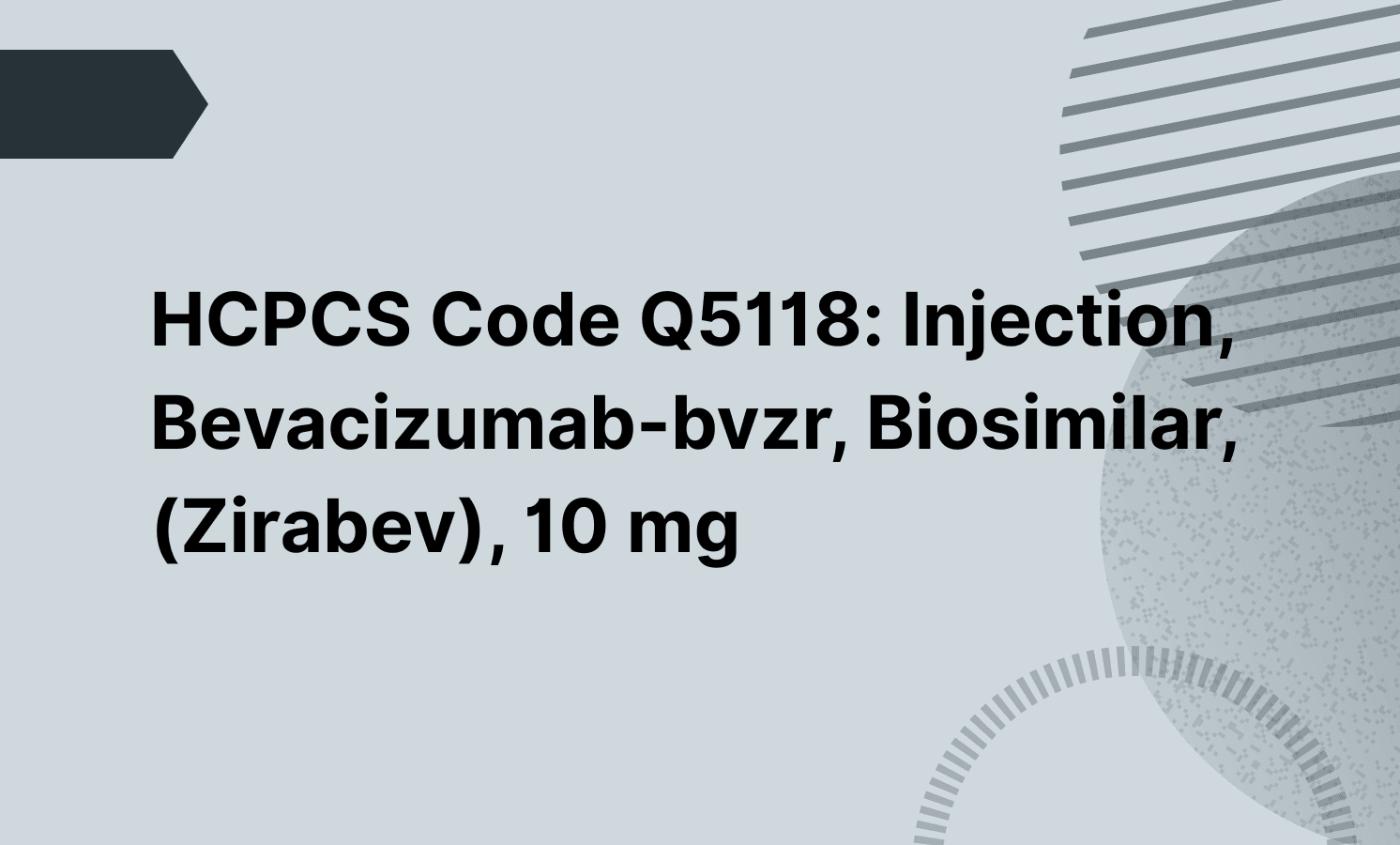If fewer than the required elements (typically at least six abdominal structures) are imaged or documented, CPT code 76705 (limited abdominal ultrasound) should be billed instead. CPT 76700 requires a complete and thorough evaluation through abdominal ultrasound examination, including documentation of all major abdominal organs, such as the liver, gallbladder, pancreas, spleen, kidneys, and abdominal aorta.
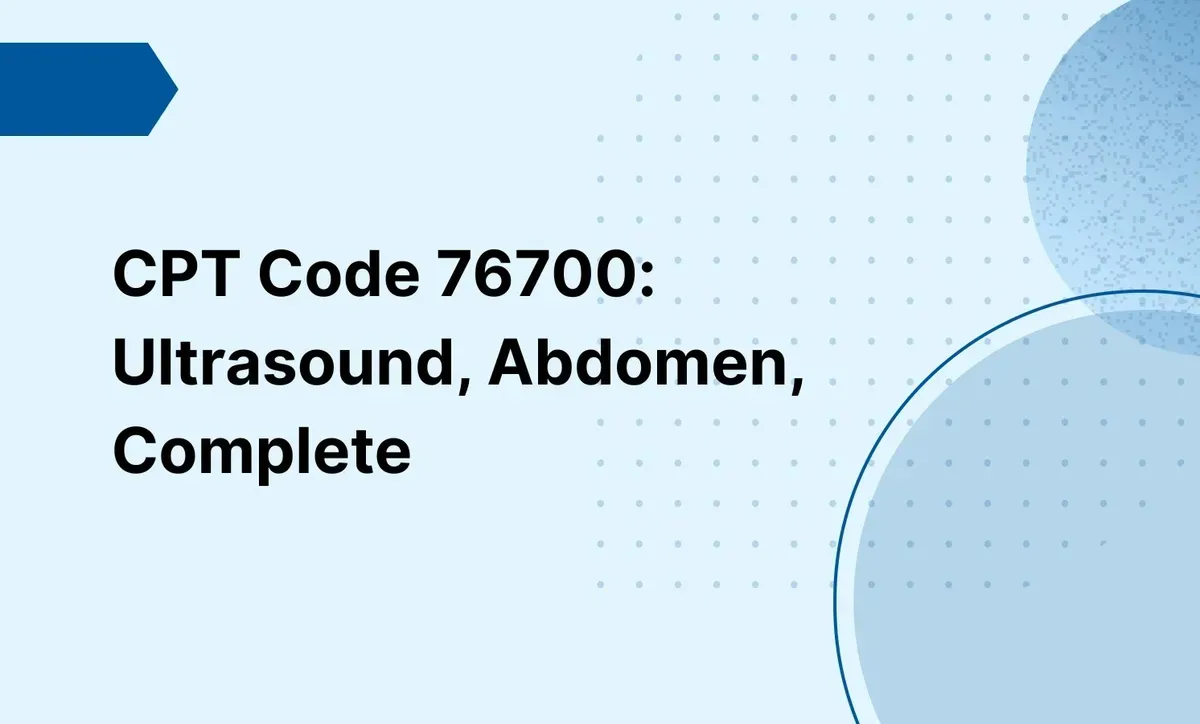
CPT Code 76700: Ultrasound, Abdomen, Complete
Learn the code description, documentation tips, and billing rules for CPT code 76700, a complete ultrasound of the abdomen for diagnostic purposes.
Frequently asked questions
No, CPT 76700 is not appropriate for focused follow-up. If the ultrasound exam is limited to one organ or a specific condition, CPT 76705 is the correct code. Follow-up exams evaluating a single organ or particular area do not qualify as complete studies under AMA and payer guidelines.
No, CPT code 76700 does not include Doppler imaging. If a Doppler study is performed to assess blood flow, you must report a separate CPT code, such as 93975 (Duplex scan of abdominal vessels). This must be medically necessary and documented to avoid bundling or denials.
EHR and practice management software
Get started for free
*No credit card required
Free
$0/usd
Unlimited clients
Telehealth
1GB of storage
Client portal text
Automated billing and online payments

